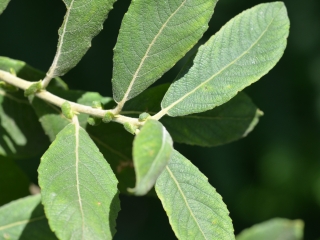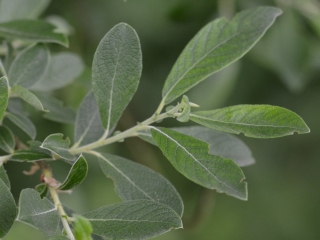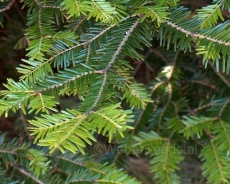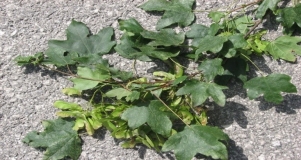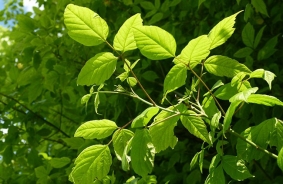Grey sallow Salix cinerea
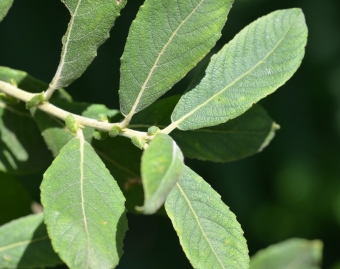
Features
Due to its characteristic appearance, it is immediately recognizable (a characteristic element of a traditional landscape); it often spreads in abandoned, swampy habitats or wet meadows.
| Species | Scrubs (Nanofanerophytes) |
| Living space | Lake, Pond, Rivers, Streams, Swamp, Wet site |
| Size | 1,5-4m |
Description
It is a deciduous shrub or small tree growing 4–15 metres tall. The leaves are spirally arranged, 2–9 cm long and 1–3 cm broad (exceptionally up to 16 cm long and 5 cm broad), green above, hairy below, with a crenate margin. The flowers are produced in early spring in catkins 2–5 cm long; it is dioecious with male and female catkins on separate plants. The male catkins are silvery at first, turning yellow when the pollen is released; the female catkins are greenish grey, maturing in early summer to release the numerous tiny seeds embedded in white cottony down which assists wind dispersal.
Features Temenica (3)
SPECIAL ogr.

